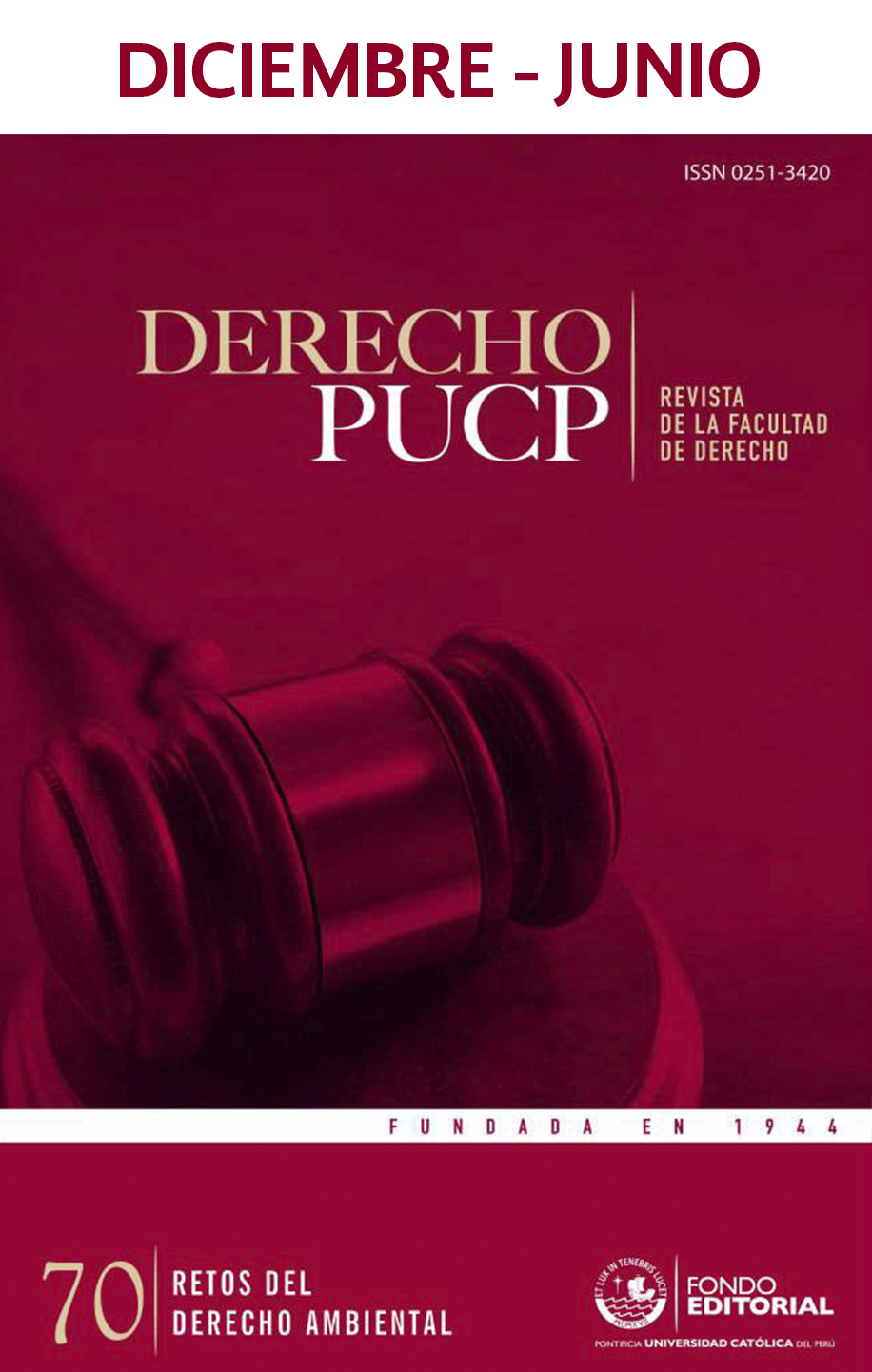Escuchando ladrar a los perros: Hernando de Soto y su receta para la Amazonía
DOI:
https://doi.org/10.18800/derechopucp.201301.015Palabras clave:
De Soto, propiedad, formalización, recursos naturales, Amazonas, pueblos indígenas, Bagua, Alaska, ANCSA, parcelaciónResumen
El trabajo del economista peruano Hernando de Soto ha sido tan influyente como controversial. Su obra maestra, El misterio del capital, propone como solución a la pobreza en los países en desarrollo transformar la informalidad a través de derechos de propiedad y empresa. En 2009, luego de los violentos enfrentamientos en Bagua, De Soto sugirió extrapolar la tesis de El misterio del capital a la Amazonía peruana como solución a los conflictos sociales. De Soto plantea que la única salida para el progreso de los pueblos amazónicos es a través del reconocimiento de derechos de propiedad y la creación de empresas de responsabilidad limitada. Este artículo sostiene, sin embargo, que la pretendida extrapolación sería inconveniente. A la luz de la experiencia de los Estados Unidos con la parcelación de tierras nativas y corporaciones nativas de Alaska, se sugerirá que la supuesta integración económica de la Amazonía podría en realidad exponer a sus habitantes a apropiación de sus recursos y favorecer su desintegración social, cultural y ambiental.
Descargas
Descargas
Publicado
Cómo citar
Número
Sección
Licencia
Derechos de autor 2016 Derecho PUCP

Esta obra está bajo una licencia internacional Creative Commons Atribución 4.0.




